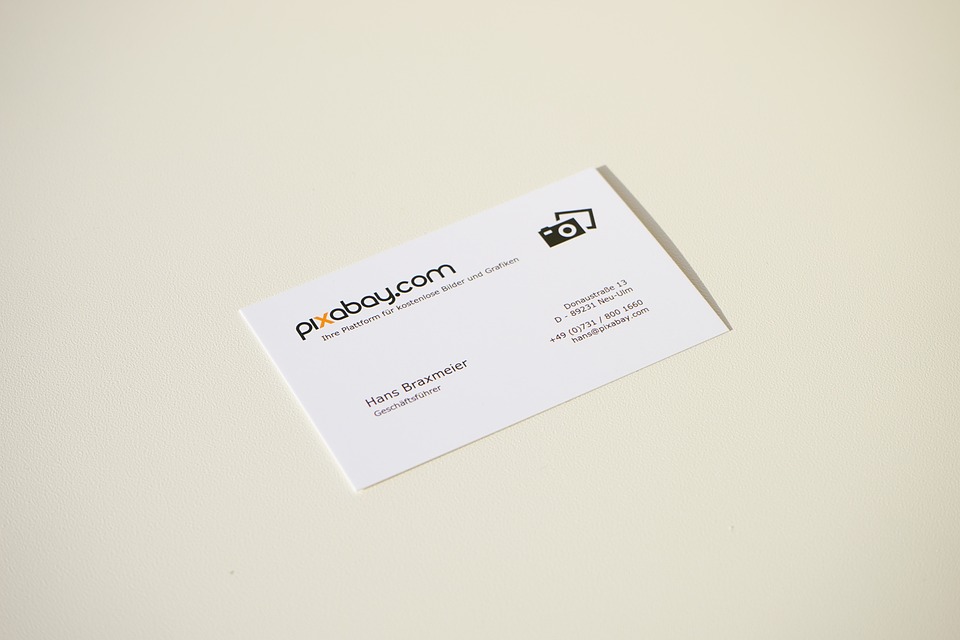Starting a business involves making numerous decisions, with one of the most important being the structure of your business. The structure you choose will dictate how your business is structured legally, how it operates, and how it is taxed. One common progression for many small businesses is to go from a sole proprietorship to a partnership. Here’s how you can determine the ideal business structure for you:
1. Sole Proprietorship: A sole proprietorship is the simplest form of business structure. It involves a single individual owning and operating the business. This structure is easy and inexpensive to set up, but it also has some drawbacks. The biggest downside is that the owner is personally liable for all business debts and obligations. This means that if the business gets sued or goes bankrupt, the owner’s personal assets are at risk.
2. Partnership: A partnership is a business structure where two or more individuals share ownership and responsibilities of the business. There are several types of partnerships, including general partnerships, limited partnerships, and limited liability partnerships. In a general partnership, all partners share equally in the profits and losses of the business. In a limited partnership, there are both general partners who run the business and limited partners who invest in the business but have limited liability. In a limited liability partnership, all partners have limited liability for the business’s debts and obligations.
When deciding whether to transition from a sole proprietorship to a partnership, there are several factors to consider. One of the main benefits of a partnership is the ability to pool resources and expertise with other individuals. Partnerships also allow for shared decision-making and can provide more financial stability for the business. However, partnerships also come with their own set of challenges, including the potential for disagreements among partners and the need for a formal partnership agreement.
To determine the ideal business structure for you, consider the following factors:
– Personal liability: If you are concerned about personal liability for the business’s debts and obligations, a partnership may be a better option than a sole proprietorship. In a partnership, each partner’s liability is limited to their investment in the business.
– Shared responsibilities: If you feel overwhelmed running a business on your own, a partnership can help share the workload and responsibilities. Partners can bring different skills and expertise to the table, which can help the business grow and succeed.
– Legal and tax implications: Different business structures have different legal and tax implications. Consult with a legal or tax professional to understand the implications of changing your business structure from a sole proprietorship to a partnership.
Ultimately, the ideal business structure for you will depend on your specific circumstances and goals for your business. Take the time to carefully consider the pros and cons of each structure before making a decision. Remember that you can always change your business structure in the future if your needs or circumstances change.

![Get Started: How to Register Your Business Name in [Your Country] Get Started: How to Register Your Business Name in [Your Country]](https://cdn.pixabay.com/photo/2016/03/13/20/49/woman-1254453_960_720.jpg)








/https://tf-cmsv2-smithsonianmag-media.s3.amazonaws.com/filer_public/6a/0e/6a0ee306-9e5d-4314-9a96-e7d03d962867/opener-skiiers.jpg)
:focal(1035x690:1036x691)/https://tf-cmsv2-smithsonianmag-media.s3.amazonaws.com/filer_public/7c/38/7c38e8d6-8b9c-4b7e-8e29-0027884b35a8/sep2022_b15_prologue.jpg)
